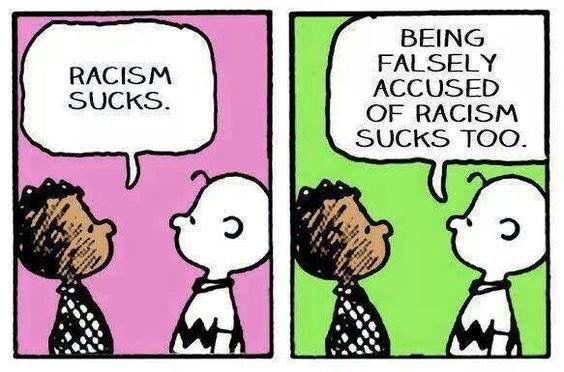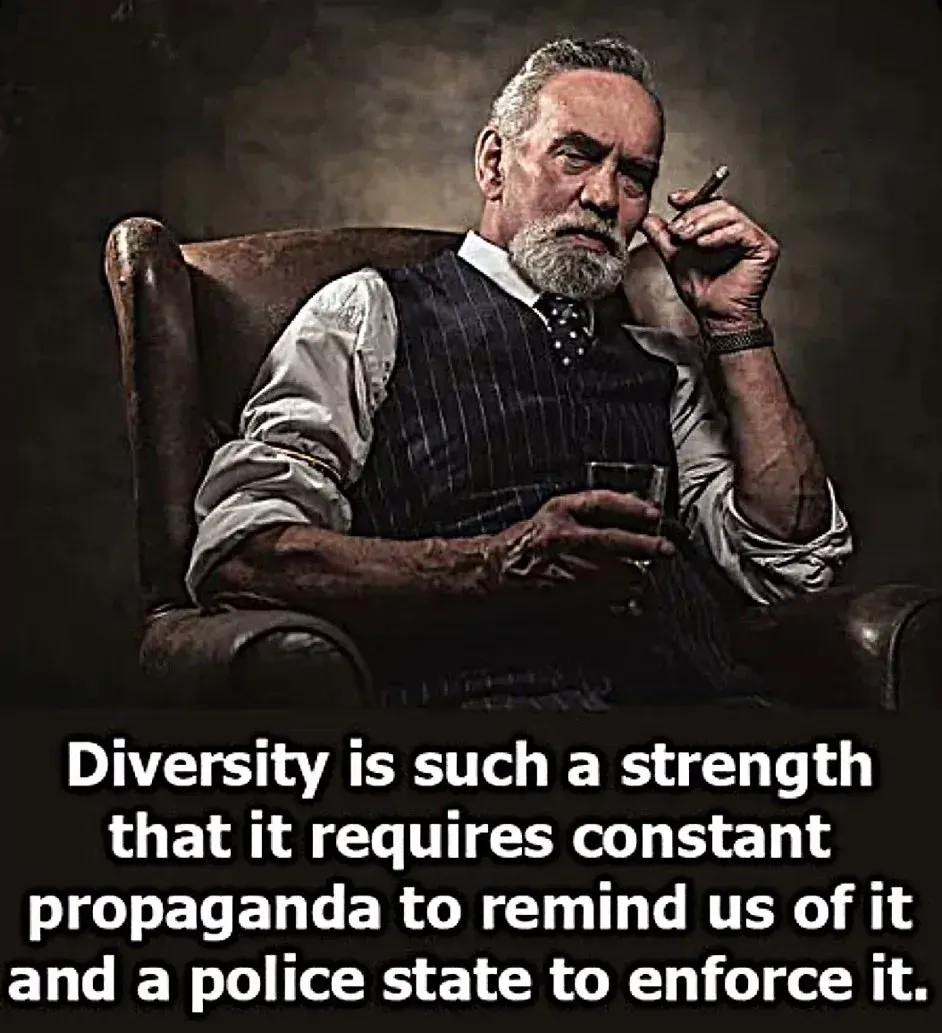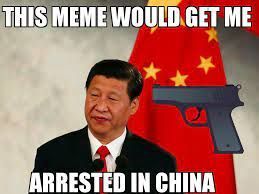Live and Let Live: An Antidote to Political Hyperbole
The Weaponization of Words

Introduction
In today’s America, words have become weapons. Disagree with a progressive on taxes or border security, and you’re branded a fascist. Support MAGA policies, and suddenly you’re Hitler. Criticize the left’s cultural agenda, and you’re accused of evil itself.
This isn’t harmless rhetoric. Hyperbole fuels anger, and anger fuels violence. Groups like Antifa and BLM have taken “resistance” to mean destruction — torching businesses, burning Teslas, and turning protests into riots. All the while, mainstream voices excuse the chaos as “mostly peaceful.”
Hyperbole has consequences. And those consequences may not stop at riots — they may reach all the way to assassination attempts against conservative leaders who have been vilified beyond recognition.
Violence Isn’t Just on the Right
The media loves to spotlight January 6th as the pinnacle of political violence, and it was indeed a shameful moment. But to pretend political violence is uniquely Republican is dishonest.
- Summer 2020: Riots swept across America in the wake of George Floyd’s death. Businesses and police precincts were burned, and billions in damages piled up.
- Antifa Occupations: In Portland and Seattle, Antifa rioters seized streets, assaulted police, and vandalized communities, all while flying the banner of “anti-fascism".
- Tesla Burnings: Protesters and agitators targeted Teslas as “symbols of capitalism,” torching private property to make a political point.
- Harassment of Conservatives: Republican events have been mobbed, speakers shouted down, and attendees harassed. Simply wearing a red hat has, in some places, been enough to invite assault.
Violence is not the monopoly of any one party or ideology. It emerges wherever hyperbole convinces people that their opponents are less than human and must be destroyed.
The Hyperbole Problem
Where does this come from? Hyperbole. When the left paints every conservative as a fascist, a Nazi, or a threat to democracy, it dehumanizes millions of ordinary Americans.
If you convince yourself your opponent is Hitler, then anything becomes justified — even violence. After all, who wouldn’t want to stop Hitler? Who wouldn’t “resist” fascism at any cost?
This is exactly the logic that turns rhetoric into danger. Hyperbolic attacks don’t just poison debate; they create an atmosphere where some unbalanced person decides it’s their duty to “save democracy” by trying to kill people like Charlie Kirk or Donald Trump.
The Assassination Question
Let’s be blunt: when the left repeatedly equates Trump to Hitler, or portrays Kirk as an existential threat to democracy, it is not a leap to see how unstable minds might be pushed to extremes.
We’ve already seen attempts:
- A gunman opened fire at Trump during a Pennsylvania rally in July 2024.
- Threats against politicians of both parties have spiked in recent years.
- Conservative speakers on campuses frequently require armed security because of violent threats.
Is it really so far-fetched to postulate that leftist hyperbole has helped fertilize the soil for these acts? When you spend years screaming that someone is a fascist dictator, should anyone be surprised when the most radical among you decides to act violently?
The left may not pull the trigger, but the rhetoric loads the chamber.
Historical Comparisons: Weimar Germany and Political Demonization
The parallels to history are uncomfortable but instructive. In Weimar Germany (1919–1933), the left and right demonized each other to the point of normalized street violence. Communists and fascists battled in the streets, while propaganda labeled opponents as subhuman.
This demonization paved the way for catastrophe. When one side convinces itself the other is “evil incarnate,” violence becomes not just excusable but noble. That is exactly the danger America faces today when the left calls every conservative a Nazi or fascist.
The Weimar lesson is clear: political hyperbole creates instability, and instability invites extremism.
Historical Comparisons: The 1960s Radical Left
America has seen this before. In the late 1960s and 1970s, radical leftist groups like the Weather Underground justified bombings, riots, and attacks on police under the banner of fighting “fascism.”
They claimed America itself was evil and that violence was the only solution. Their rhetoric — exaggerated, apocalyptic, hyperbolic — provided moral cover for destruction. Today’s Antifa and violent factions of BLM echo the same themes, painting opponents as fascists and justifying chaos in the name of “justice.”
Historical Comparisons: Political Assassinations in America
America has endured political assassinations before — Lincoln, Kennedy, King, and attempts on Reagan, Ford, and others. These were not the products of rational policy disagreement but of fanaticism inflamed by rhetoric and cultural division.
When rhetoric escalates to portray opponents as existential threats, violence is never far behind. What is different today is the scale of hyperbole. Millions are told daily that Trump is Hitler, that conservatives are fascists, that Republicans are enemies of democracy itself. Under that constant drumbeat, assassination attempts are not shocking — they are predictable.
What “Live and Let Live” Really Means
America’s founders didn’t agree on everything — they argued bitterly about taxes, states’ rights, and foreign policy. But they agreed on one principle: you can disagree without being an enemy.
“Live and let live” means:
- Respecting difference: Your neighbor’s vote doesn’t make them evil.
- Rejecting hyperbole: Not every policy dispute is “fascism” or “socialism.”
- Protecting freedom: Speech, assembly, and conscience matter, even for those you dislike.
- Opposing violence: Burning, rioting, or storming buildings isn’t protest. It’s destruction.
This principle doesn’t excuse political passion. It channels it into debate rather than destruction.
The Cost of Demonization
Demonization has real costs:
- Families split along political lines.
- Friendships destroyed by partisan labeling.
- Communities fractured by riots and retaliation.
- Citizens too afraid to speak their minds for fear of being branded “evil.”
- Political leaders living under constant threat because half the country has been told they are “Hitler.”
The tragedy is that none of this is necessary. America’s strength is disagreement without dehumanization. Debate is our heritage. Violence is our undoing.
Conclusion: A Call for Restraint
This is my opinion: it’s high time both sides drop the hyperbole. But especially the left, which has mainstreamed the idea that conservatives are Nazis, fascists, or irredeemably evil. That rhetoric feeds the fires of Antifa, BLM riots, Tesla burnings — and possibly even assassination attempts.
Words matter. Hyperbole escalates conflict. Violence escalates further. If this cycle continues, more lives will be lost — not just reputations.
We need “live and let live” back in American culture. Disagreement isn’t hate. Criticism isn’t violence. Different worldviews aren’t threats to democracy.
If America is going to survive, we need fewer flames — both literal and rhetorical — and more respect for the simple truth: we’re all in this together.
Why This Matters
If political violence becomes normalized, freedom dies. If hyperbole continues to dominate discourse, trust collapses. And if disagreement keeps being labeled as hate, then America’s core experiment — e pluribus unum, out of many, one — fails.
Leftist hyperbole has already shaped riots, burnings, and lawlessness. It may also be shaping something worse: the environment where assassinations are attempted and justified in the minds of extremists.
It’s time to step back, lower the rhetoric, and relearn what the Founders knew: liberty survives not when everyone agrees, but when everyone agrees to let others live free.
References
- Insurance Information Institute. (2020). Civil Unrest Insurance Losses Become Most Expensive in U.S. History.
- The Oregonian. (2020). Portland protests devolve into nightly riots.
- San Francisco Chronicle. (2023). Tesla owners report vehicles targeted in protest vandalism.
- Reuters. (2024, July). Gunman opens fire at Trump rally in Pennsylvania.
- U.S. Capitol Police. (2023). Threat Assessment Report.
- Shirer, W. L. (1960). The Rise and Fall of the Third Reich. Simon & Schuster.
- Ayers, B. (2001). Fugitive Days: A Memoir. Beacon Press.
- U.S. History House Records. (1975). Hearings on Political Violence in America.
Disclaimer:
The views expressed in this post are opinions of the author for educational and commentary purposes only. They are not statements of fact about any individual or organization, and should not be construed as legal, medical, or financial advice. References to public figures and institutions are based on publicly available sources cited in the article. Any resemblance beyond these references is coincidental.











